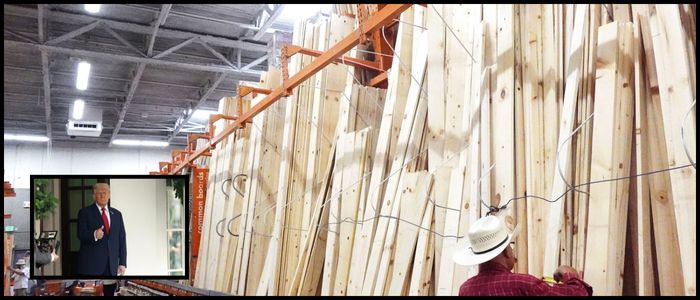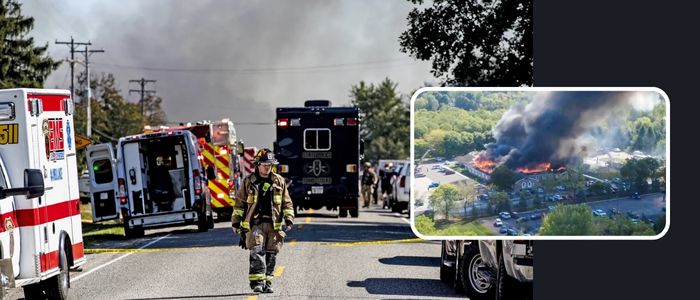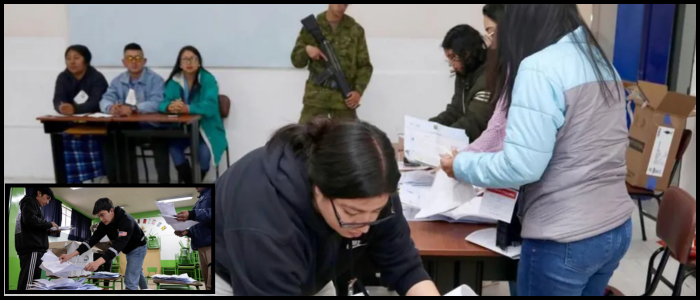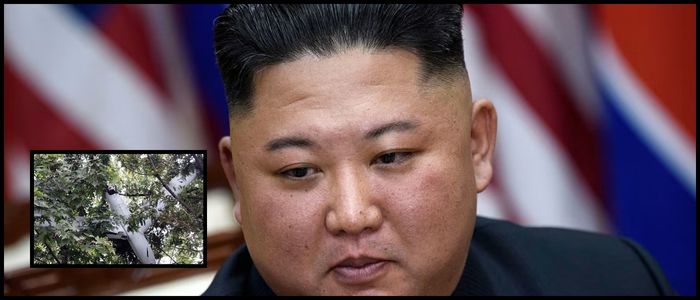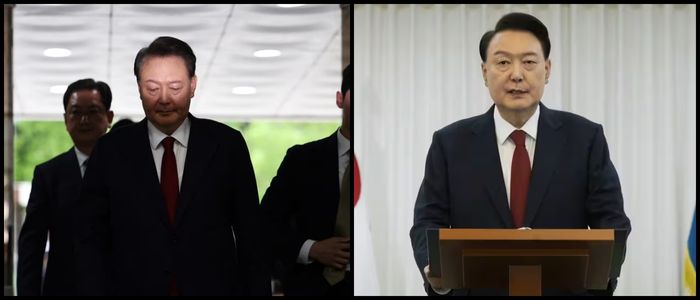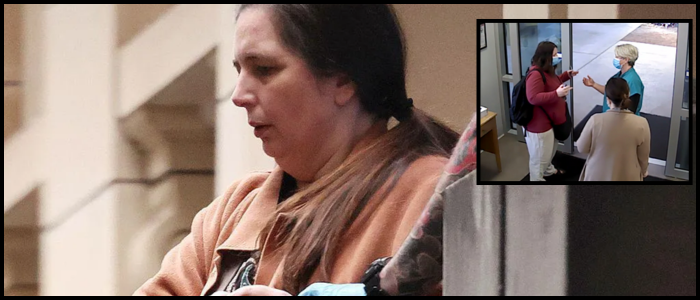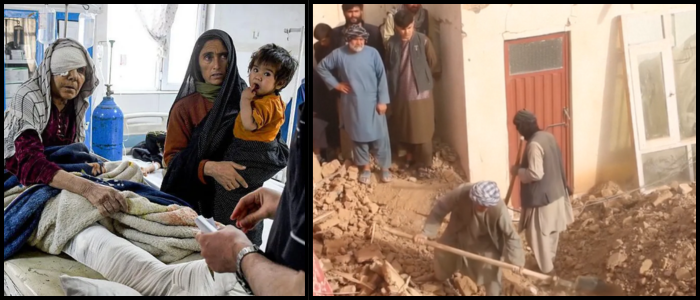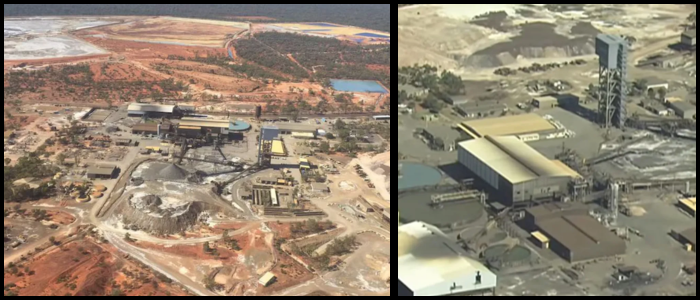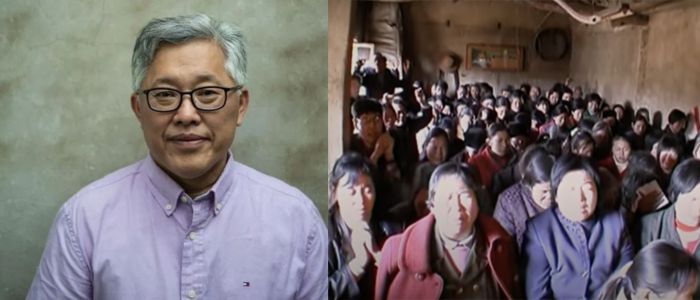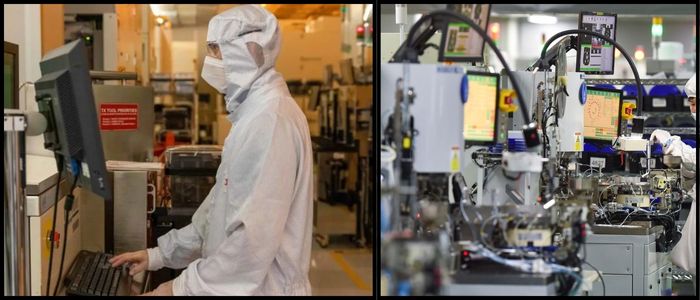A Suspicious Death At Blackfriars Bridge
In June 1982, the chairman of Italy’s largest private bank, Banco Ambrosiano, Roberto Calvi, 62, went missing. Nine days later he was discovered hanging beneath London’s Blackfriars Bridge. Calvi’s body: bricks in his pockets, pocket money of approximately £10,000 in several different currencies and a forged passport in the name of Gian Roberto Calvini.
Though the circumstances were bizarre, the first report ruled it a suicide. But not everyone was happy with that conclusion.
Calvi had meticulously plotted his escape from Italy. He had shaved off his moustaches, travelled in several countries, and taken a flat in Chelsea. He also possessed a one-way ticket to Brazil and a visa, which caused hesitation to believe that he had committed suicide. Calvi’s death came a day before his secretary Teresa Corrocher, leapt to her death from the fourth floor of the bank’s headquarters in Milan. In the apartment, she had left a note accusing Calvi of the destruction she posed to the bank and its employees.
Dark Connections - Vatican, Mafia, Freemasonry
Banco Ambrosiano was heavily linked with the Catholic Church, through the Vatican’s financial institution, the Institute for Religious Works (IOR), and the latter was its major shareholder. The IOR was a law unto itself: Over the years, Italian regulators had effectively abdicated any control.
In that capacity, Calvi was closely associated with Archbishop Paul Marcinkus, who chaired the IOR, which coincidentally was in bed with such controversial characters as Michele Sindona, an international banker with Mafiosicriminal connections. Sindona was already serving a long sentence for fraud in the US when he died mysteriously in Italy in 1986 after sipping a cup of coffee that had been poisoned with cyanide.
Both Calvi and Sindona were associated with P2, the secretive Masonic lodge comprised of influential members in politics, military, business and media. The lodge was ostensibly headed up by a wealthy Italian with far-right-wing leanings named Licio Gelli. In 1981, when Italian police found a list of P2 members and sensitive documents that incriminated Calvi in financial crimes. The year before, he had been arrested and sentenced to four years on currency violation charges, but remained free on bail while he appealed.
Billions missing, and a mystery continues
Investigators discovered over $1.5 billion missing from Banco Ambrosiano when Calvi disappeared. If all or part of this was transferred through the Vatican bank (bypassing exchange controls) is not known at this stage. Some of the funds were loaned to South American countries, while others were passed through shell companies before being sent back to Italy to purchase shares, allowing Calvi to build up a personal fortune.
Furtive operations led to suspicions that they were financing secret political work and allowing the Mafia to launder its money.
Calvi’s family never accepted the suicide verdict. His body was exhumed in 1998, and forensic tests revealed that he had not handled the bricks and the marks on his neck did not match those caused by hanging. In 2002 Italian judges officially decided he had been killed. Five men were tried in Rome in 2005 for the murder of Calvi.
Prosecutors said that he had stolen Mafia money and that he intended to blackmail powerful figures. By June 2007 all five had been acquitted.
None has ever been convicted of Calvi’s murder. The question of what actually befell “God’s Banker” endures — layers of financial fraud, secret societies and international espionage concealed the case.
If you want the metadata (i.e. title, description, etc.) to come next, please tell me.
World
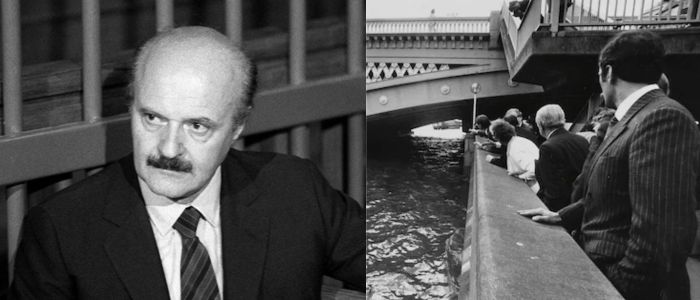
Mystery Still Surrounds the Death of God’s Banker Calvi

AD ItalyThe Death of God’s Banker (2020)More than 40 years after his body was found hanging under Blackfriars Bridge in London, there are still questions about the cause of death of Roberto Calvi, the Italian banker with connections to the Vatican, the Mafia and a secret Masonic lodge. His death roiled politics and the economy and has bequeathed a complicated legacy of conspiracy, missing money and unresolved investigations.



